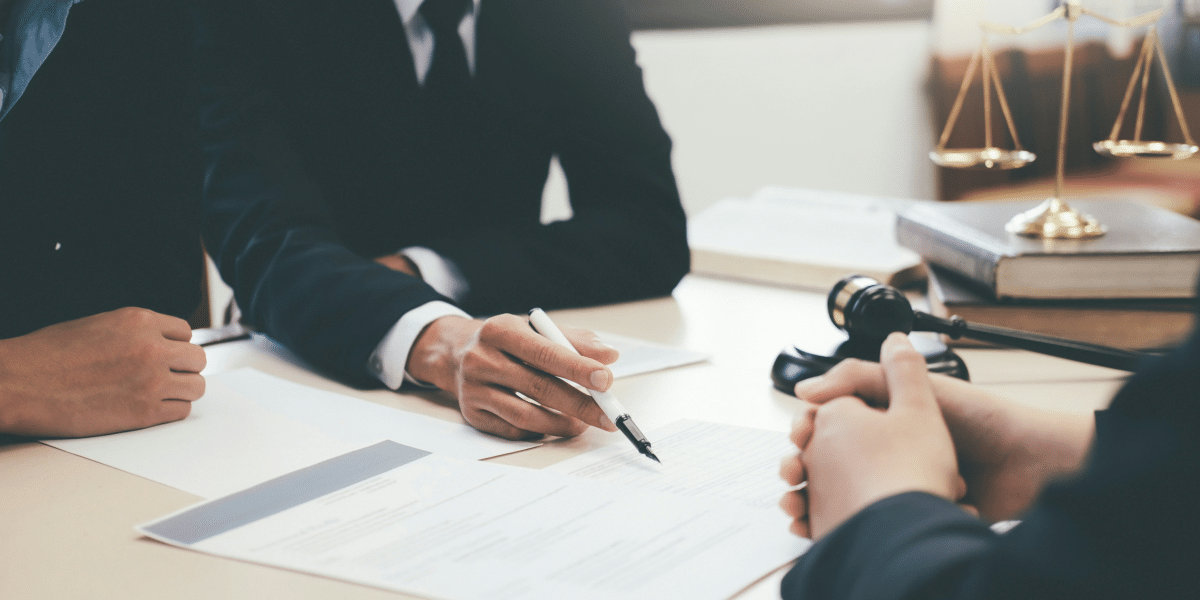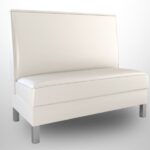Falls are a leading cause of injury among seniors, posing significant risks to their health and independence. In Austin, where the senior population is rapidly growing, the need to address fall prevention is more critical than ever. Dangerous slips and falls can result in severe injuries, including fractures, head trauma, and long-term disability. Ensuring the safety of seniors in their homes and community spaces is essential for their well-being.
For those affected by falls, consulting with Austin slip and fall lawyers can provide valuable support and guidance. However, proactive measures to prevent these incidents are the best approach. This article offers essential tips to help protect seniors from dangerous slips and ensure their safety in Austin.
Identifying High-Risk Areas for Falls
Understanding and addressing high-risk areas in and around the home is crucial for preventing falls among seniors. Common high-risk areas include bathrooms, kitchens, and staircases. These spaces often have hard surfaces and can become slippery, increasing the likelihood of falls. Bathrooms, in particular, are hazardous due to wet floors and the need for mobility around fixtures like tubs and toilets.
Outdoor areas such as uneven sidewalks, cluttered pathways, and poorly lit entrances also pose significant risks. Seniors should be cautious of these areas, especially during adverse weather conditions like rain, which can make surfaces even more slippery. Identifying and mitigating these hazards can significantly reduce the risk of falls.
Making Home Modifications for Safety
Home modifications are a key strategy in fall prevention for seniors. Simple changes can make a significant difference in reducing the risk of slips and falls. Installing grab bars in bathrooms, especially near toilets and in showers, provides additional support for seniors when moving around these spaces. Adding non-slip mats or strips to bathtubs and shower floors can further enhance safety.
Improving lighting throughout the home is another important modification. Seniors should ensure that all areas, especially stairs and hallways, are well-lit to avoid tripping over unseen obstacles. Removing clutter, securing loose rugs, and arranging furniture to create clear, wide pathways can also help prevent falls. These modifications make the home environment safer and more navigable for seniors.
Choosing the Right Footwear
Proper footwear is essential for preventing falls. Seniors should choose shoes that provide good support, fit well, and have non-slip soles. Avoiding high heels, backless shoes, and slippers without proper grip can significantly reduce the risk of slips and falls. Shoes should have a low heel and a firm, non-slip surface to stabilize various floor types.
Additionally, seniors should wear shoes inside and outside the home to maintain consistent support and protection. Regularly checking and replacing worn-out shoes is also important. Footwear that fits well and offers adequate grip helps seniors maintain balance and reduces the chances of dangerous slips.
Staying Physically Active to Prevent Falls
Regular physical activity is essential for seniors to enhance balance, strength, and mobility, which are crucial for reducing the risk of falls. Here are key activities and strategies that can help seniors stay active and safe:
Walking: Regular walking helps maintain muscle strength and coordination. It is a simple yet effective way to stay active and improve mobility. Walking also supports cardiovascular health and can be easily integrated into daily routines.
Tai Chi: This gentle exercise focuses on slow, deliberate movements and deep breathing. Tai Chi improves balance, flexibility, and strength, particularly benefiting seniors. It also enhances mental focus and relaxation, contributing to overall well-being.
Yoga: Practicing yoga helps increase flexibility, balance, and strength through various poses and movements. Yoga promotes mental clarity and relaxation, reducing stress and the likelihood of falls. Many yoga classes are tailored specifically for seniors and their mobility levels.
Community Exercise Programs: Participating in programs designed for seniors provides structured and safe opportunities to stay active. These programs often emphasize low-impact exercises that focus on improving balance and strength, which are crucial for fall prevention. They also offer social interaction, motivating seniors to maintain regular activity.
Strength Training: Incorporating light weights or resistance bands into an exercise routine can build muscle strength, vital for supporting joints and maintaining balance. Strength training exercises should be performed under guidance to ensure they are done safely.
Flexibility Exercises: Stretching and flexibility exercises help maintain joint health and improve range of motion. Flexibility is important for preventing falls as it allows seniors to move more easily and recover from potential slips.
Balance Exercises: Specific exercises focusing on improving balance, such as standing on one foot or heel-to-toe walking, can significantly reduce the risk of falls. These exercises help seniors develop the stability needed to navigate daily activities safely.
Regular Health Check-Ups
Regular health check-ups play a critical role in fall prevention for seniors. Health conditions such as poor vision, muscle weakness, and certain medications can increase the risk of falls. Seniors should have regular eye exams to ensure they have the correct prescription and are not experiencing vision problems that could lead to trips or slips.
It’s also important for seniors to discuss any concerns about balance, dizziness, or mobility with their healthcare provider. Adjustments to medications that may affect balance or coordination should be considered. Keeping health in check helps seniors remain aware of their physical condition and take steps to mitigate fall risks.
Utilizing Assistive Devices
Assistive devices can help seniors maintain their balance and mobility, reducing the risk of falls. Canes, walkers, and even handrails installed along frequently used pathways in the home offer additional stability. These devices should be properly fitted and used as healthcare providers recommend to ensure maximum effectiveness and safety.
Other helpful tools include reaching aids for high shelves, shower chairs, and toilet seat risers, making everyday activities safer and easier. Using these assistive devices allows seniors to navigate their environments more confidently and securely, minimizing the likelihood of falls.
Encouraging Safe Practices in the Community
Community safety practices play a significant role in protecting seniors from falls. Public spaces like parks, sidewalks, and stores should be maintained to reduce hazards. This includes ensuring pathways are clear, surfaces are even, and adequate lighting is provided. Seniors should be encouraged to report any unsafe conditions they encounter in the community.
Additionally, family members and caregivers can support seniors by accompanying them in potentially hazardous areas and assisting with navigation. Promoting awareness about fall prevention and safe practices within the community can foster a safer environment for seniors to enjoy their independence.
Published by: Martin De Juan

















